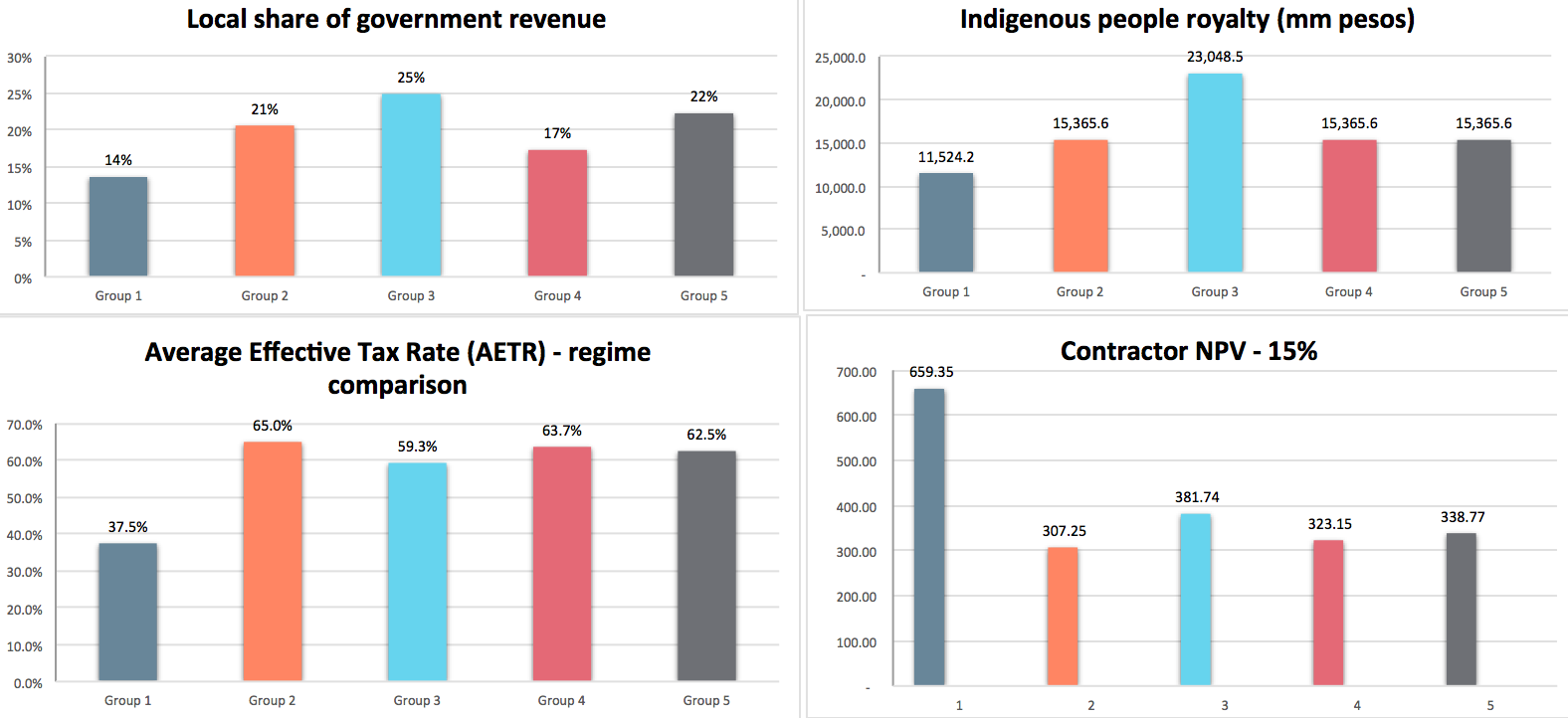
Model Communities: Philippines Stakeholders Flex Mining Negotiation Muscle
Earlier this month I visited Davao, Philippines, to help lead a workshop on using Excel-based fiscal models to forecast potential revenues from mining projects. “Charting the Future” was its punny, ambitious title.
The course highlighted how impactful access to fiscal models and open data can be to those who seek to analyze extractive projects, and a common feeling emerged that local populations should benefit more from extractive activities.
Organized by Filipino civil society coalition Bantay Kita and the Natural Resource Governance Institute (NRGI), the collaborative session featured officials (from the central and local government), academics, representatives of indigenous groups, and community organizers.
The mining of gold, copper and particularly nickel is an important industry for the Philippines. Much of this mining is informal. Environmental and social impacts on impoverished communities can be severe. So I wasn’t completely surprised that mineral resources taxation generated intense discussion among participants.
From NRGI trainings around the world, I always come back with fascinating participant insights. At Davao, a role-playing exercise designed to empower participants to negotiate better terms as part of contracts with mining companies was a highlight.
The exercise was a mock negotiation between participants, who played a company representative, a central government official, a local government unit official, and a local indigenous community ambassador. (Aiming to broaden perspectives, participants were assigned to roles different from the ones they play in real life.)
Players negotiated the taxation of a copper-gold mining project. (We used the example of Kingking in Mindanao for illustrative purposes.) The negotiation was limited to royalty rates, local business taxes and tax holidays. Each party had its own objectives, but had to come to an agreement. They had a spreadsheet model of Kingking to assess the financial impact of different options.
Below are comparative results of the negotiation outcome for all five negotiating groups. Despite some discrepancies, results show some common trends. Despite some discrepancies, results show some common trends:
- In all of the groups, indigenous people’s royalties were between 1.5 percent and 3 percent—above the minimum legal rate of 1 percent of gross revenue.
- Local governments’ share of total government revenue varied between 14 percent and 25 percent. Even the groups that were more generous to the private sector were more willing to cut taxes owed to the central government than to local agencies.
- The same groups that agreed on higher royalties for indigenous people also agreed on higher local government share, even though the discussions were sometimes heated between their representatives.
- The mining company (contractor) achieved its target cash flow in net present value terms in all five groups, which suggests that there are reasonable expectations of companies’ business models, even at the local level.
If the outcomes from the mock negotiation are any reflection of more general preferences, we see a clear expectation that local financial benefits of mining should be higher than they are. We can also conclude that when armed with good fiscal models and open sector data, local actors can gain a clearer, more accurate idea of the revenue-generating potential of mining projects taking place on their lands. They can more effectively make a case to increase their share of the benefits.
Companies mining in the Philippines can expect that the next time they negotiate royalty payments with local communities, they’ll be met with laptops, spreadsheets and savvy.

Thomas Lassourd is a senior economic analyst and the manager of regional economic analysts with the Natural Resource Governance Institute (NRGI).
